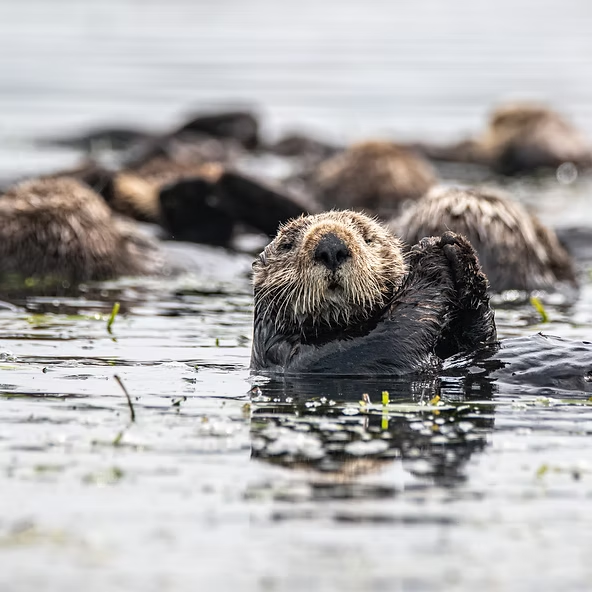How Sea Otters Help Protect Underwater Meadows
Sea otters are among the smallest marine mammals, known for their predatory feeding habits and plush fur. They feed on small sea species such as clams and sea urchins.
Sea Otters and Eelgrass Meadows
These predators hunt along the seafloor, which is often covered with thick grass beds called eelgrass meadows. Eelgrass meadows provide habitat for countless marine species but are under threat from rising ocean temperatures and ocean acidification.
Sea otters search for prey in these meadows using their whiskers and paws. When they find clams, they break the shells open with their paws. This process creates holes and cracks in the eelgrass beds, allowing seeds to germinate. Essentially, sea otters act as “sea tractors,” ploughing the eelgrass fields.
Understanding Underwater Meadows
Eelgrass reproduces in two ways:
- Vegetative multiplication: Rhizomes develop into new, identical plants.
- Sexual reproduction: Male and female plants fertilize seeds, creating genetically diverse plants, which helps preserve the species.
Sea otters indirectly support eelgrass sexual reproduction by disturbing the seafloor, which clears space and allows seeds to germinate. Their feeding activity is crucial for maintaining healthy, diverse eelgrass meadows.
Conclusion
While they may appear to be simple predators valued mostly for their fur, sea otters play an essential role in marine ecosystem preservation. By promoting eelgrass growth, they help sustain biodiversity and the health of underwater meadows.

